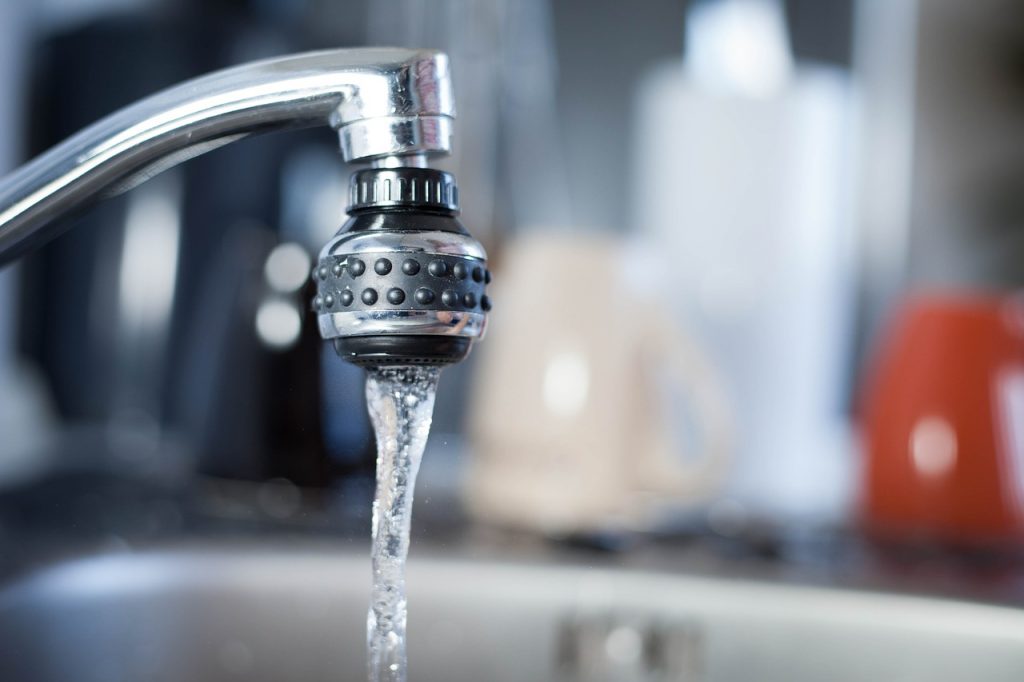Radioactive Substance Leaked Into US Water Supply Months Ago And The Public Is Just Finding Out
In November 2022, a radioactive substance leak occurred at a nuclear power plant in Monticello, Minnesota, but it’s only now being reported to the public.
This article is more than 2 years old

Almost four months ago, in November 2022, a radioactive substance leak occurred at a nuclear power plant in Monticello, Minnesota, but it’s only now being reported to the public. Nearly 400,000 gallons of contaminated water leaked from a pipe at the plant run by Xcel Energy. While Xcel immediately reported the leak to the appropriate federal agencies, neither the government nor Xcel Energy shared information about the leak with the general public.
Xcel Energy, with government approval, has stated that there was no effort to conceal the information about the radioactive substance leak and that they were waiting to develop more organized information to share with the public. U.S. citizens are understandably suspicious about these claims after recent and historical cover-ups.
According to NPR, Xcel Energy worked quickly and effectively to contain the leak and assured the public on Thursday that there was never any risk to the nearby community or the environment. Despite local suspicions, Xcel Energy and the federal agencies overseeing radioactive substance leaks have stated that none of the contaminated water has gotten into the local drinking water. Some residents find this hard to believe, given that the amount of contaminated water that leaked out was enough to fill an Olympic-sized swimming pool nearly 60 percent full.
This isn’t the first radioactive substance leak at Xcel’s Monticello plant; a smaller leak, stemming from a sump rather than a pipe, occurred in 2009. A spokesperson for Xcel Energy stated that most nuclear plants experience this type of substance leak at some point, though that fact does little to comfort nearby communities. The government regulatory agencies, though, have been sympathetic to the public’s concern and are trying to be as transparent as possible with concerned citizens.
The radioactive substance leak was primarily water tainted with tritium, a natural form of hydrogen that puts out a small amount of radiation, so small that it can’t penetrate skin or even travel very far in the air. While it does occur in nature in small amounts, in this case, it’s a byproduct of electricity production in nuclear plants. According to government regulatory agencies, the amount of tritium present in the radioactive substance leak is less than the amount most people encounter in their day-to-day lives and, therefore, presents no threat to people.
Though the radioactive substance leak was reported and contained quickly, it will still take months to clean up. Xcel Energy has said that they’ve cleaned up approximately 25 percent of the leak and that, despite the fact that it poses no threat to the community or the environment, they still take it very seriously and will continue cleaning up the affected area and establishing safety precautions to make sure it doesn’t happen again. Xcel is considering various options to deal with the radioactive substance leak, including building above-ground storage tanks or a retention pond to hold the contaminated water.
The radioactive substance leak, though it likely won’t affect the health or quality of life of nearby residents, causes significant concern about the storage, production, and transportation of dangerous substances. After the train wreck and substance leak in Ohio a few weeks ago, people are more and more concerned about the effects of radioactive substances on both community members and the environment. The Minnesota substance leak might have been minor, but when the next one inevitably occurs, it might not be so innocuous.







